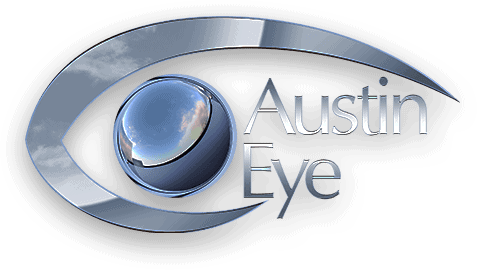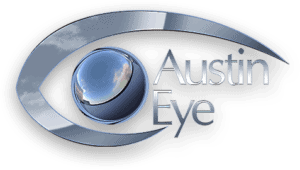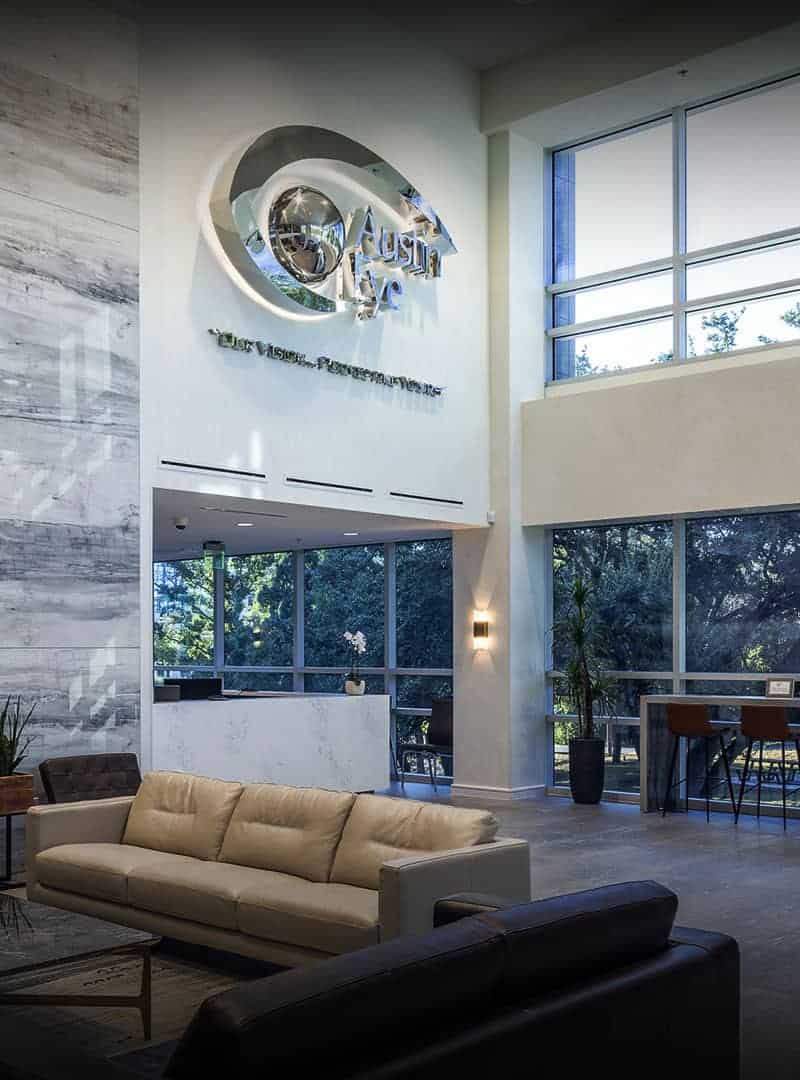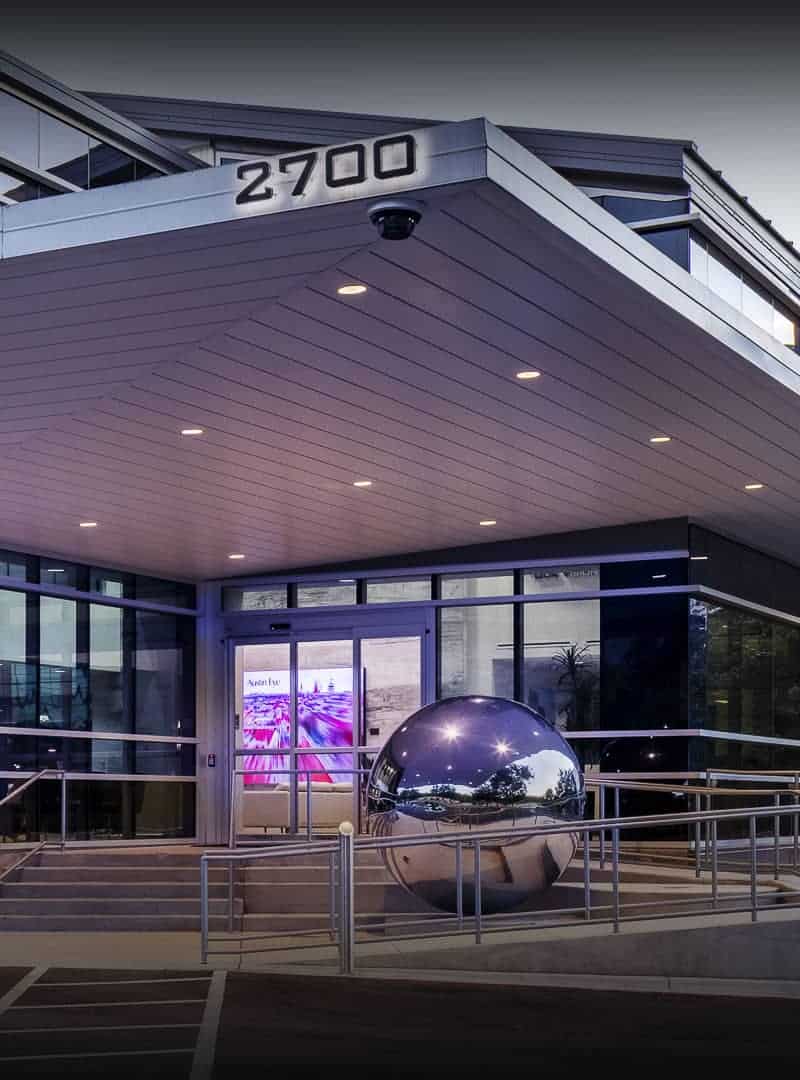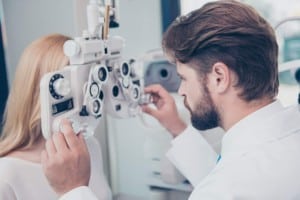 Refractive surgeries such as LASIK eye surgery have given millions of people a clearer view of life worldwide. However, LASIK (like other procedures) has limitations. An estimated 15 to 20 percent of people interested in LASIK do not qualify for laser eye surgery, and for some, that may be due to very high prescriptions. Our eye doctors at Austin Eye can determine if LASIK is right for you during your comprehensive eye exam.
Refractive surgeries such as LASIK eye surgery have given millions of people a clearer view of life worldwide. However, LASIK (like other procedures) has limitations. An estimated 15 to 20 percent of people interested in LASIK do not qualify for laser eye surgery, and for some, that may be due to very high prescriptions. Our eye doctors at Austin Eye can determine if LASIK is right for you during your comprehensive eye exam.
Whether you have farsightedness, nearsightedness or astigmatism, LASIK may not be worth the potential risks if you have extremely poor vision. Complications such as dry eyes and vision disturbances can prevent you from enjoying 20/20 or better eyesight. High refractive errors are more challenging to address with LASIK, and results are less predictable. You may qualify for other refractive surgeries such as PRK, refractive lens exchange or phakic IOL implantable contact lenses.
Your Vision is Measured in Diopters
Diopters are the unit of measurement used to quantify lens power for your contact lenses and prescription eyeglasses. The higher the diopter, the worse your vision. The Food and Drug Administration (FDA) has clearly defined parameters for LASIK eye surgery, which include:
- Nearsightedness (myopia) up to -12.00 diopters
- Farsightedness (hyperopia) up to +6.00 diopters
- Astigmatism up to 6 diopters
While these are the prescription limits for LASIK candidates, the laser technology used and the eye surgeon’s experience may decrease these parameters. A femtosecond laser may offer a wider treatment range because the technology creates a thinner corneal flap than the microkeratome that makes the flap with an oscillating blade. This is a concern specifically for those with high myopia because LASIK will need to remove a significant amount of corneal tissue to correct your vision. That increases your risk of post-surgical complications such as halos and glare in low lighting as well as chronic dry eye.
Are You a Candidate for LASIK?
The FDA has approved LASIK eye surgery for people 18 and older who have reached ocular maturity, which occurs when vision stabilizes for two consecutive years. You need to be in good overall health with healthy eyes, which means no eye infections, injuries or disease, and that any medical conditions are well-controlled. Uncontrolled diseases such as diabetes and rheumatoid arthritis could complicate the healing process after LASIK. Certain medications may also interfere with LASIK recovery.
Our eye doctors will examine your ocular health and LASIK candidacy. Those with naturally large pupils may experience difficulty seeing at night and in dimly-lit environments after LASIK due to glare and starbursts, so LASIK may not be the best vision correction option. You also need to have suitable corneal thickness.
There is no upper age limit for LASIK, but people 40 and older will still need reading glasses as they age due to presbyopia. Presbyopia is the age-related loss of near vision due to your natural eye lens losing flexibility and hardening.
Schedule Your LASIK Consultation at Austin Eye
If you are interested in LASIK, contact our eye care specialists at Austin Eye by calling our office at (512) 250-2020 to schedule your comprehensive eye exam and consultation.
